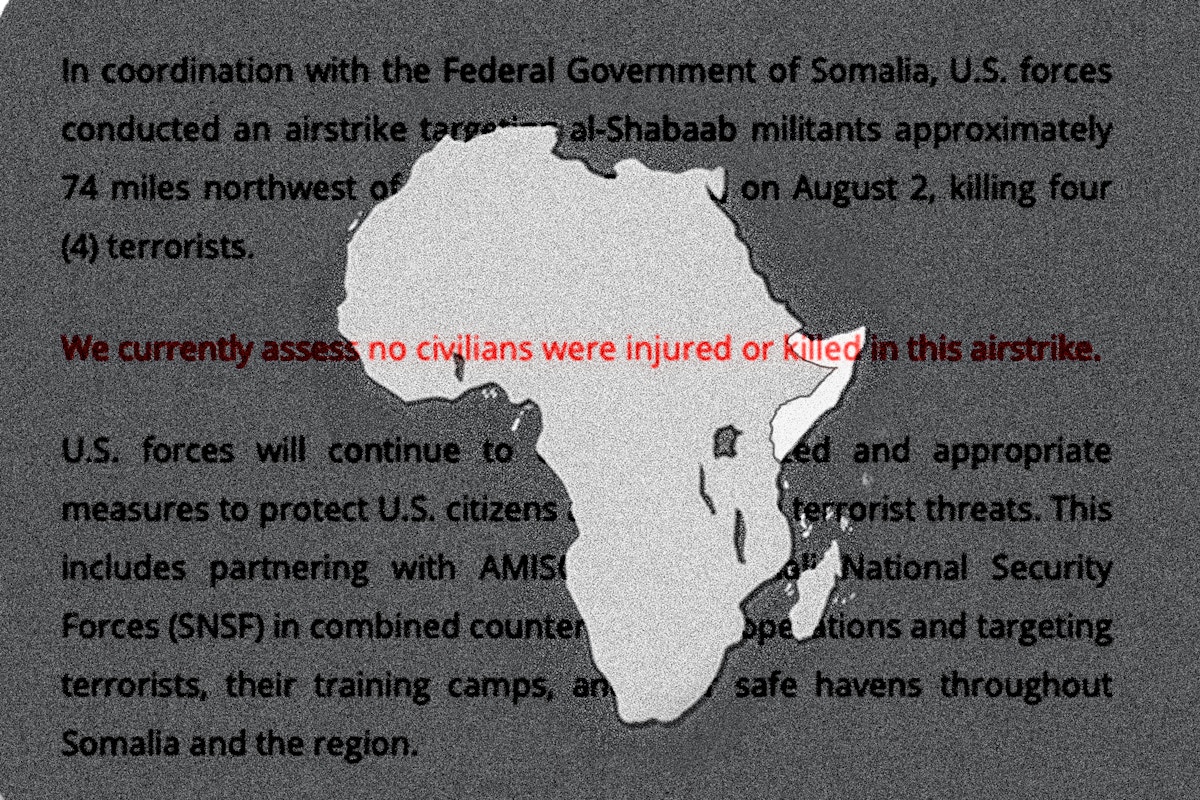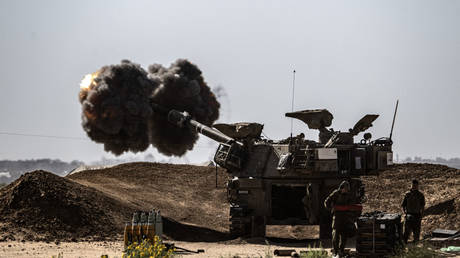Pentagon Document Shows U.S. Knew of “Credible” Reports of Civilian Casualties After Its Attacks in Somalia

On April 1, 2018, the U.S. military carried out an airstrike near El Buur, a town in central Somalia. A press release issued by U.S. Africa Command a day later announced that the attack killed five “terrorists” and destroyed one vehicle.
In reality, these “terrorists” included a civilian woman and a child.
AFRICOM, however, told the world a different story. “We assess no civilians were killed in this airstrike,” the command claimed, a regular feature of press releases following U.S. attacks in Somalia. A year later, AFRICOM publicly admitted those two, but only those two, civilian deaths. “This is our first confirmed civilian casualty incident in Somalia,” AFRICOM’s chief spokesperson, John Manley, told The Intercept in the aftermath of the reversal.
AFRICOM contends that hundreds of airstrikes and commando missions in the past 10 years have killed or injured only two civilians in Somalia. This flies in the face of scores of local accounts as well as investigations by international journalists and human rights organizations, including a recent report by Amnesty International. And The Intercept has obtained an AFRICOM document, through the Freedom of Information Act, that shows the command itself has long been aware of multiple attacks that left civilians dead or wounded following operations by U.S. or allied forces.
The document was produced by a team of AFRICOM personnel that conducts credibility assessments of civilian casualty, or CIVCAS, allegations. It contains brief synopses of alleged CIVCAS incidents, drawing on press coverage, reports from nongovernmental organizations, and self-reports by U.S. military personnel. Though undated, it lists incidents in 2018, so it appears to have been drawn up at the end of 2018 or early 2019. The document also presents AFRICOM’s own findings, including its determination of whether the allegation is “credible” or “not credible.” The document contains little detailed information about the reasons for those determinations, however, and there are no indications that AFRICOM conducts any shoe-leather investigations or interviews witnesses or family members of the victims of its attacks.



